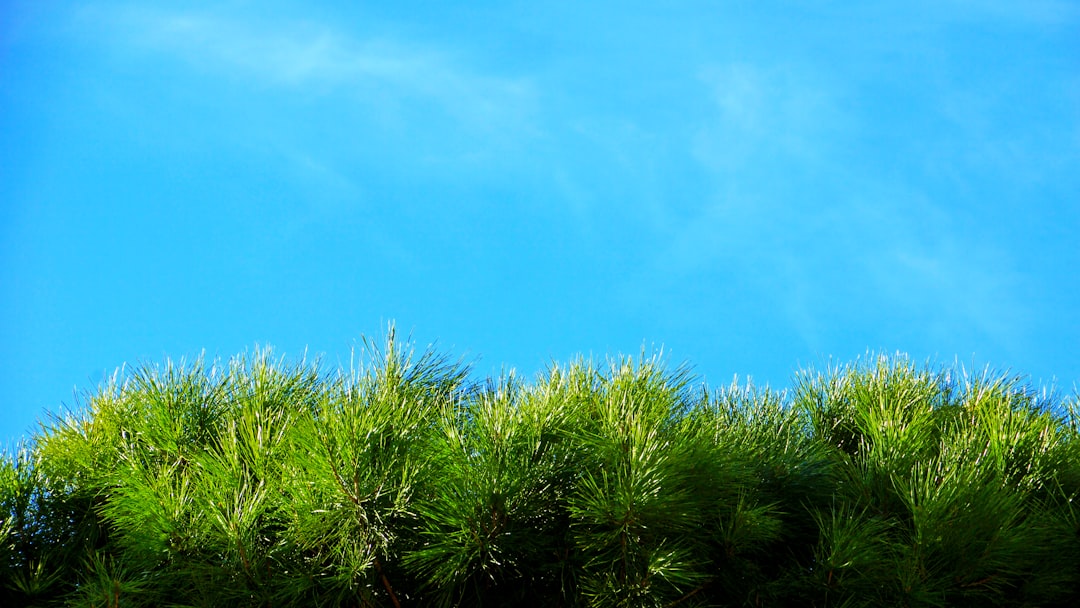Reviving Your Monstera: Solving the Yellow Leaf Mystery

Houseplants have become a staple in many homes, adding a touch of nature and a breath of fresh air to our living spaces. Among the most popular houseplants is the Monstera, known for its large, distinctive leaves. However, one common issue that Monstera owners may encounter is yellowing leaves. This can be a cause for concern, but with a little knowledge and some detective work, you can quickly figure out the cause and restore your plant’s health.
### Understanding the Importance of Healthy Monstera Leaves
Before delving into the causes of yellowing leaves, it’s essential to understand why healthy leaves are crucial for your Monstera. Leaves are the powerhouses of the plant, responsible for photosynthesis. Through this process, they convert sunlight, water, and carbon dioxide into energy, which the plant uses to grow and thrive. When leaves turn yellow, it indicates that something is amiss, and the plant’s ability to carry out photosynthesis may be compromised.
### Common Causes of Yellowing Monstera Leaves
Overwatering
One of the most common reasons for yellowing Monstera leaves is overwatering. Monsteras prefer well - draining soil, and when they are watered too frequently, the roots can become waterlogged. This leads to root rot, which prevents the roots from absorbing nutrients and water effectively. As a result, the leaves start to turn yellow. To check if overwatering is the issue, gently remove the plant from its pot and examine the roots. Healthy roots are white and firm, while rotting roots are brown, mushy, and may have a foul odor.
Underwatering
On the flip side, underwatering can also cause yellowing leaves. When a Monstera doesn’t receive enough water, it goes into survival mode. The plant will start to shed its lower leaves to conserve water and energy. These leaves will turn yellow and eventually fall off. To determine if your Monstera is underwatered, check the soil. If it is dry to the touch several inches below the surface, it’s time to water your plant.
Lack of Nutrients
Monsteras require a balanced supply of nutrients to stay healthy. A deficiency in essential nutrients such as nitrogen, magnesium, or iron can cause yellowing leaves. Nitrogen is crucial for leaf growth, and a lack of it can result in pale or yellow leaves. Magnesium is involved in chlorophyll production, and its deficiency can lead to yellowing between the veins of the leaves. Iron is also important for chlorophyll synthesis, and an iron deficiency can cause yellowing of new leaves.
Too Much Sunlight
While Monsteras need bright, indirect light, too much direct sunlight can scorch their leaves. This can cause the leaves to turn yellow, brown, or develop sunburn spots. If your Monstera is placed in a location where it receives intense sunlight for long periods, consider moving it to a spot with more filtered light.
Pest Infestation
Pests such as spider mites, aphids, and mealybugs can also cause yellowing leaves. These pests feed on the plant’s sap, which weakens the plant and can lead to yellowing, wilting, and stunted growth. Check the undersides of the leaves and along the stems for signs of pests, such as webbing, small insects, or sticky residue.
### Solutions to Revive Your Monstera
Adjusting Watering Habits
If overwatering is the problem, allow the soil to dry out completely before watering again. You may also need to repot the plant in fresh, well - draining soil. If underwatering is the issue, water your Monstera thoroughly until water drains out of the bottom of the pot. Make sure to establish a regular watering schedule based on the plant’s needs and the environmental conditions.
Fertilizing
To address nutrient deficiencies, fertilize your Monstera regularly with a balanced houseplant fertilizer. Follow the instructions on the fertilizer package for the correct dosage and frequency. You can also use a foliar spray to provide a quick boost of nutrients directly to the leaves.
Changing the Location
If your Monstera is getting too much sunlight, move it to a more suitable location. A spot near a north - or east - facing window is often ideal, as it provides bright, indirect light. If the plant is not getting enough light, you can move it closer to a window or use artificial grow lights.
Controlling Pests
To get rid of pests, you can use a gentle insecticidal soap or neem oil. Spray the solution on the affected areas of the plant, making sure to cover the undersides of the leaves. Repeat the treatment every few days until the pests are gone.
### Conclusion
Yellowing Monstera leaves can be a sign of various issues, but with careful observation and appropriate action, you can restore your plant’s health. By understanding the common causes and implementing the right solutions, you can ensure that your Monstera continues to thrive and beautify your home for years to come.